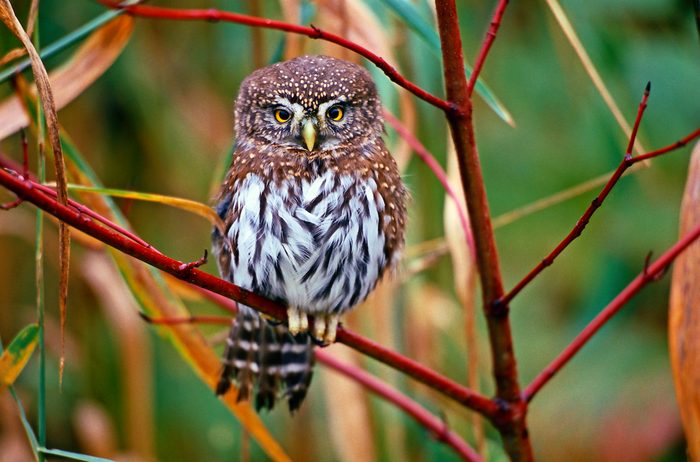
Not All Owls Hunt at Night
Some owl facts may be surprising. For instance, some owls are actually early birds, rising to hunt initially at dawn and again at dusk. Great gray owls and northern pygmy-owls remain active during the day when their preferred prey, small mammals and birds, are most prevalent.
Meet barn owls: ghostly nocturnal birds.
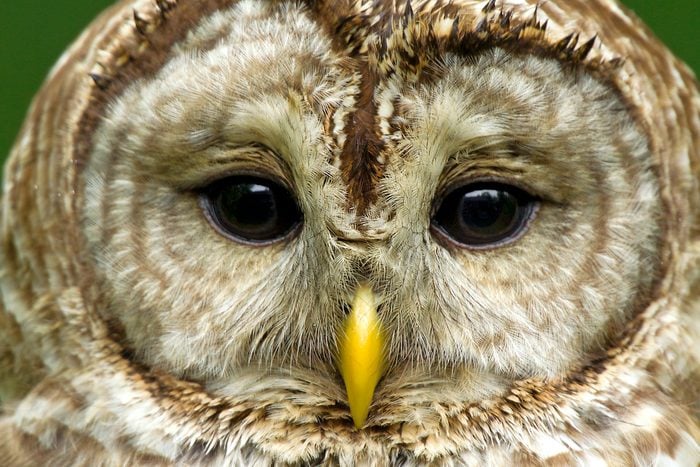
Owls May Hunt Other Owls
They are birds of prey, but owls aren’t always the apex predators. In fact, the top predator of the barred owl is the great horned owl.
Discover the amazing types of owls in North America.
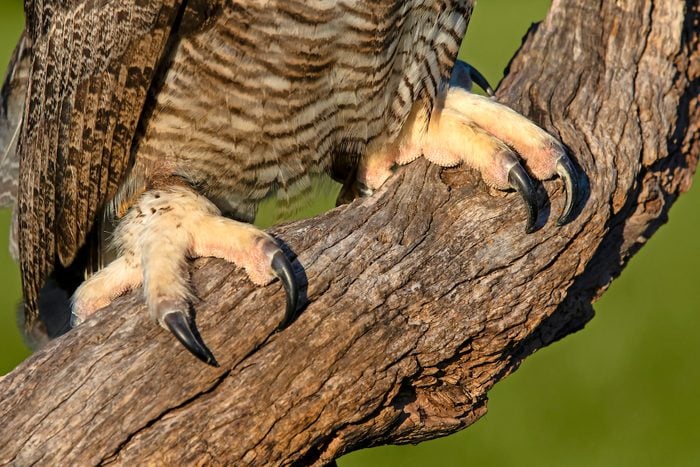
Owl Feet Are Versatile
Owls are zygodactyl, which means they have two pairs of toes on their feet that face different directions. Even more impressive, one of the toes can swivel back and forward to help them perch or catch their prey.
So sweet! Don’t miss these cute baby owl photos you have to see!
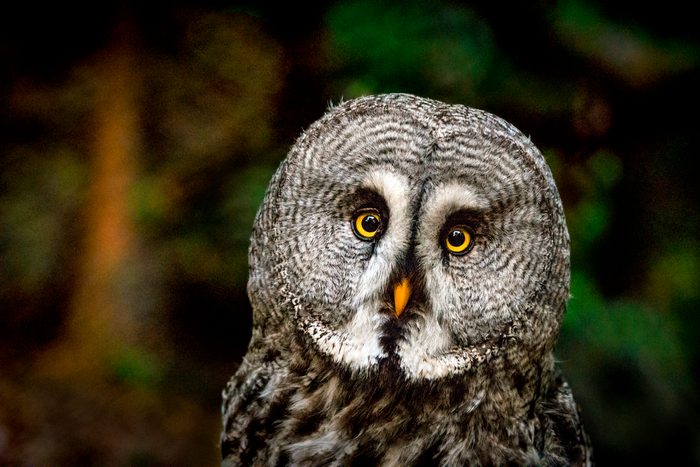
Owl Eyes Are Specially Designed
Prominent yellow or dark owl eyes may seem round and nearly humanlike, but owls’ eyeballs are actually tube-shaped and cannot move in the socket. They also have three different eyelids to keep those peepers healthy and clean.
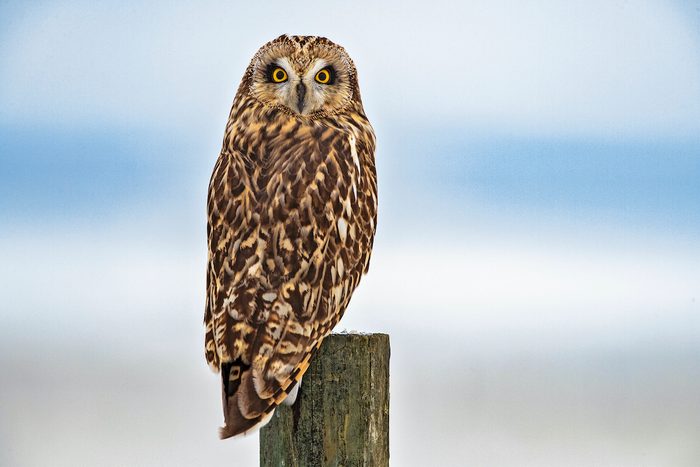
Owl Necks Are Very Flexible
To make up for their static eyes, owls are able to rotate their heads 270 degrees. They have twice as many vertebrae in their neck as humans do, along with special circulatory adaptations to allow blood flow to the head when it’s fully turned.
Learn how to attract owls to nest in your backyard.
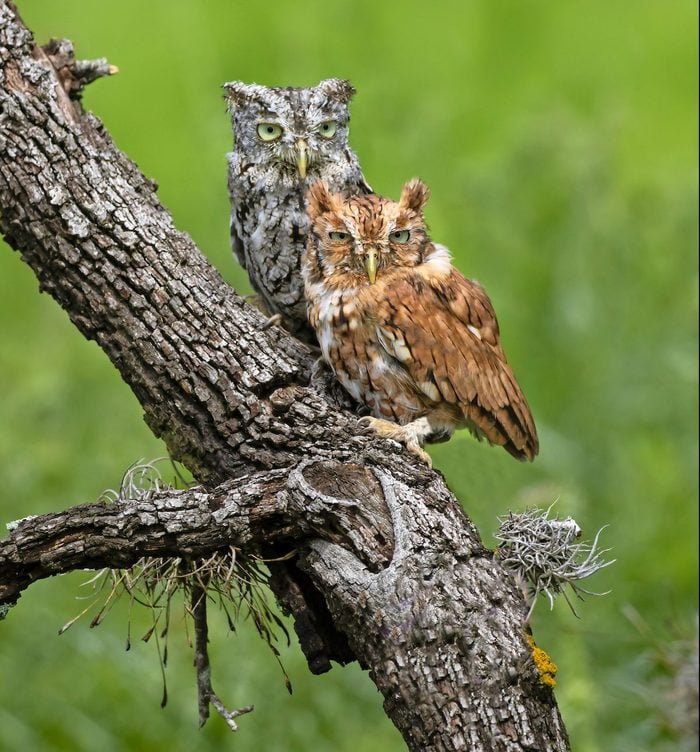
Adult Owls Come in Many Colors
Even within a single species, owls can be pale or dark or possibly sport different hues. It’s most obvious in eastern screech-owls, which have either gray or red feathers, or a brown coloring within that wide spectrum.
Learn how to spot the owl in your backyard trees.
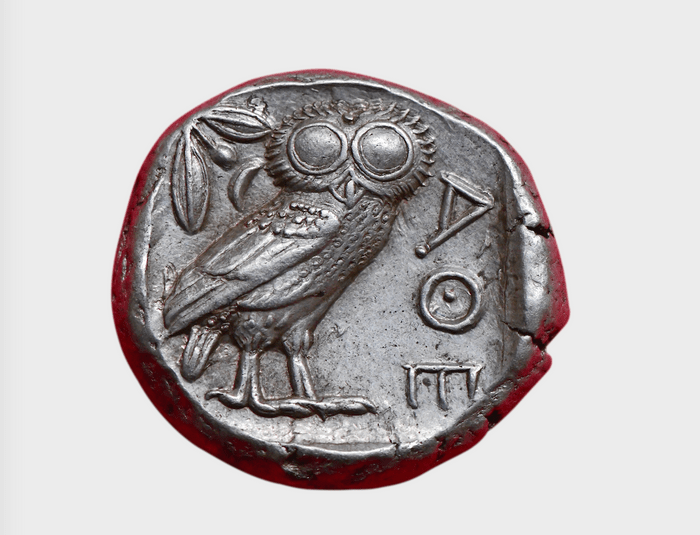
Owls Have a Place in History
Here’s one of our favorite fun facts about owls—these beloved birds have played a part in many cultures, including that of the ancient Greeks. Athena, the goddess of wisdom and strategy, is often depicted with an owl.
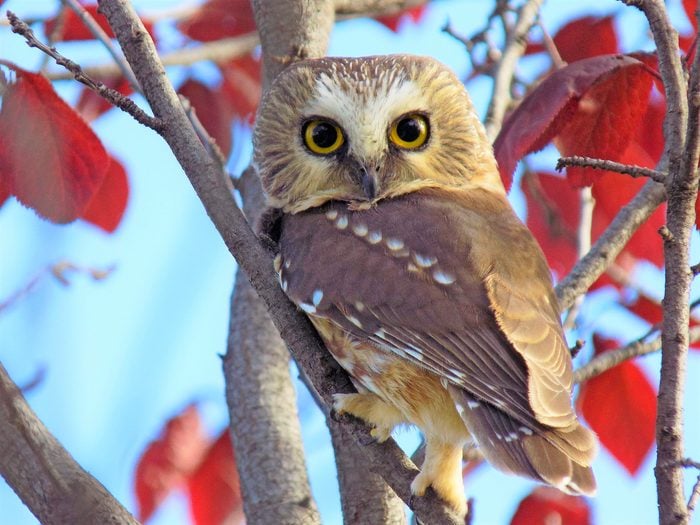
Male and Female Owls Are Different Sizes
Female owls tend to be larger than males in both wingspan and weight, although researchers are unsure why that’s the case.
Don’t miss these outstanding pictures of owls.
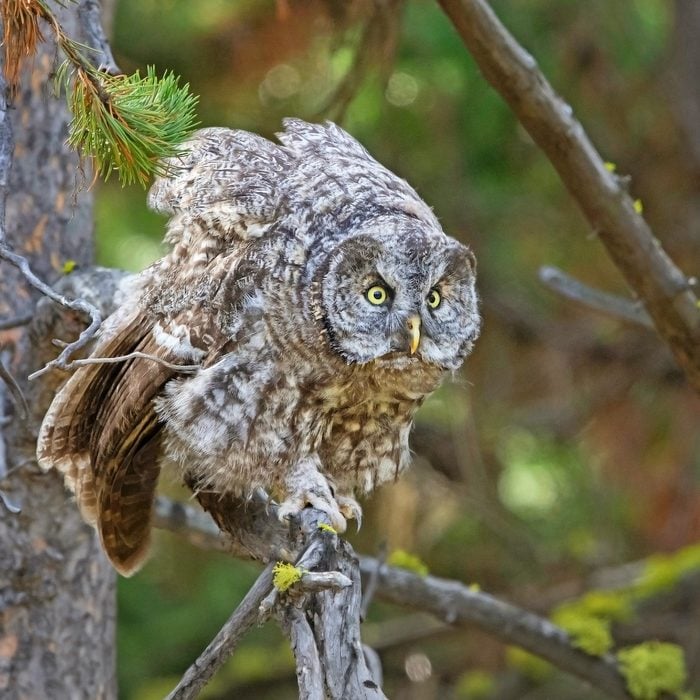
Owls Can Hiss in Defense
When an owl feels cornered or protective over its nest, the bird may make hissing sounds, fluff its facial feathers, raise its wings and fan out its tail feathers.
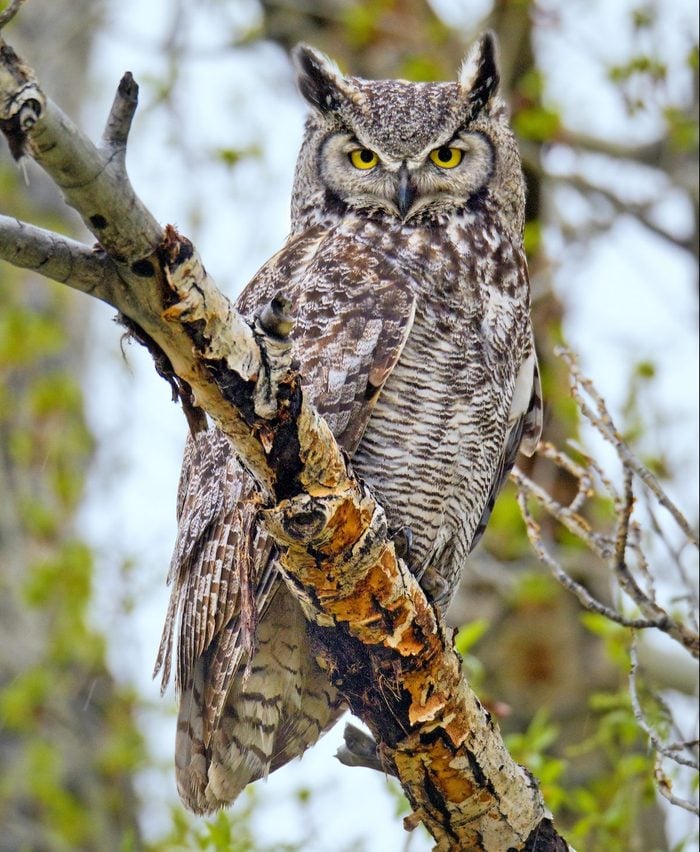
Listen Close to Different Owl Sounds
The great horned owl has the soft, deep call many people associate with owl sounds, but not every member of the family musters a traditional owl hoot. Northern saw-whets, for example, are named after their unusual call, which sounds like the process of sharpening a saw on a whetstone.
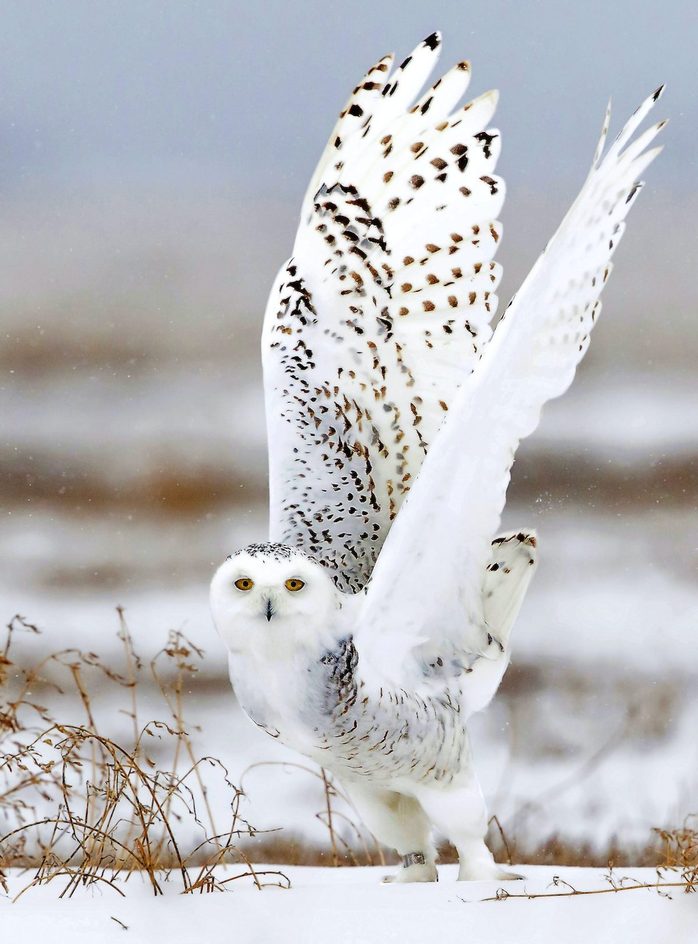
Owl Wings Have a Cool Design
Relative to the size of their bodies, owls have incredibly large wings that allow them to glide both slowly and silently. The structure of the feathers also diffuses some of the noise that flapping creates.
Find out where you can spot snowy owls.
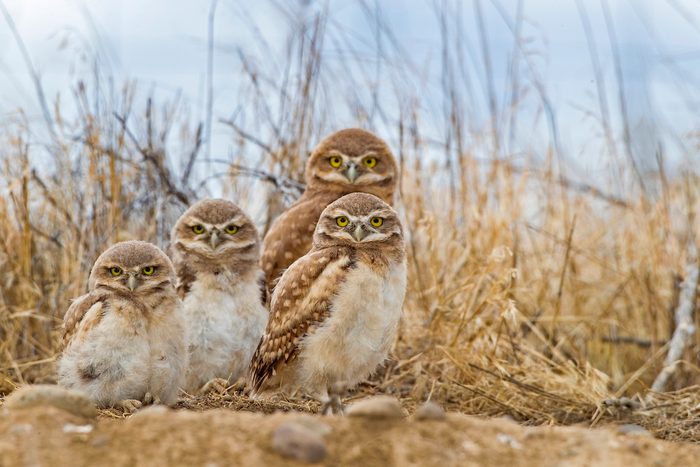
One Kind of Owl Stays on the Ground
Forget the treetops—burrowing owls live in underground dens in grasslands and deserts. They group together in colonies, residing in burrows left behind by animals such as prairie dogs, tortoises and skunks. They’ll spend most of their lives close to the ground, hunting and managing the nest.
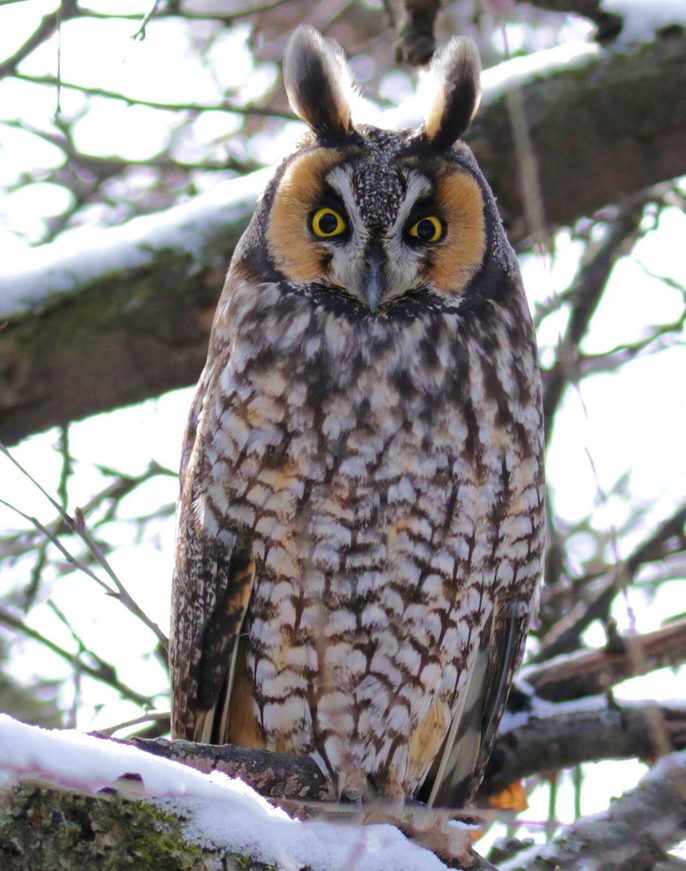
Owl Ears Are in Two Different Positions
To pinpoint the location of prey, many owls have asymmetric ears—usually with one ear positioned higher or lower on its head—hidden underneath layers of feathers. Here’s a fun fact about owls to share. The two large feather tufts that long-eared owls sport at the top of their heads have nothing to do with their hearing; scientists believe they help the bird blend into its surrounding.
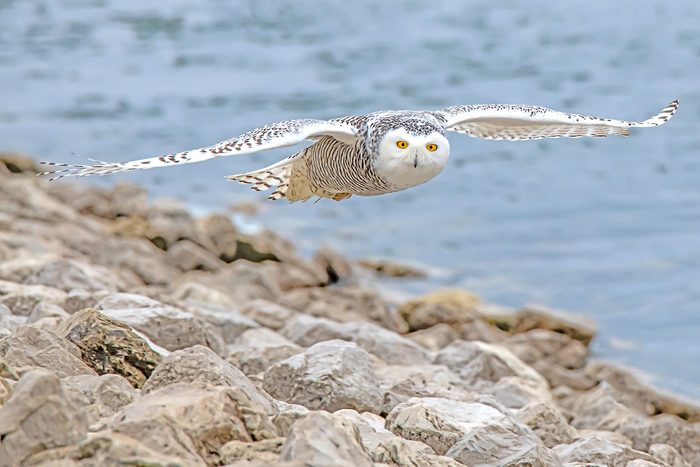
Owls and Wizards
Wizards and witches in J.K. Rowling’s seven-book Harry Potter series use owls to deliver their mail. The author says her interest in owls began when her mother made her an owl toy when she was 6 or 7.
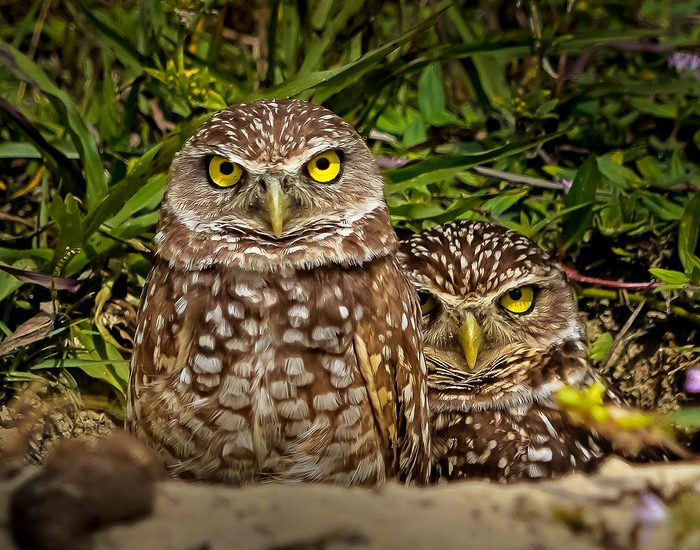
Video Games and Owls
In the Pokemon game franchise, players are encouraged to catch and train all 801 of the titular fantasy creatures, many of which are based on real-life animals, such as dogs, cats, fish and even owls. Hoothoot, Noctowl and Rowlet are three Pokemon inspired by the bird.
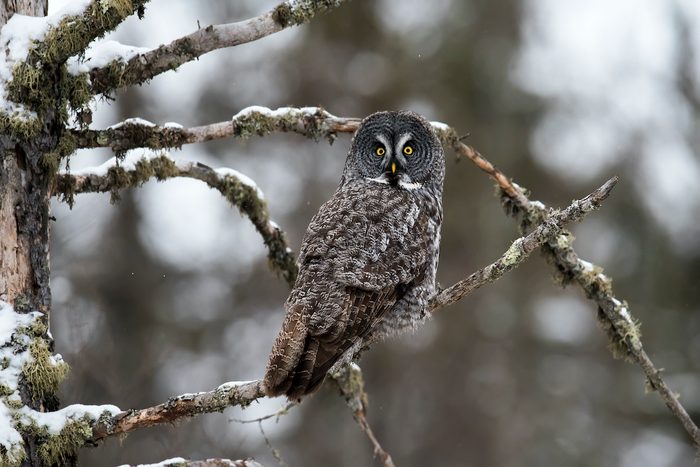
Owls in Advertising
Mr. Owl informed TV viewers it only took three licks to get to the center of a Tootsie Pop before biting into it himself, but Purdue University engineering students built a licking machine to calculate an average of 364 licks to the center.
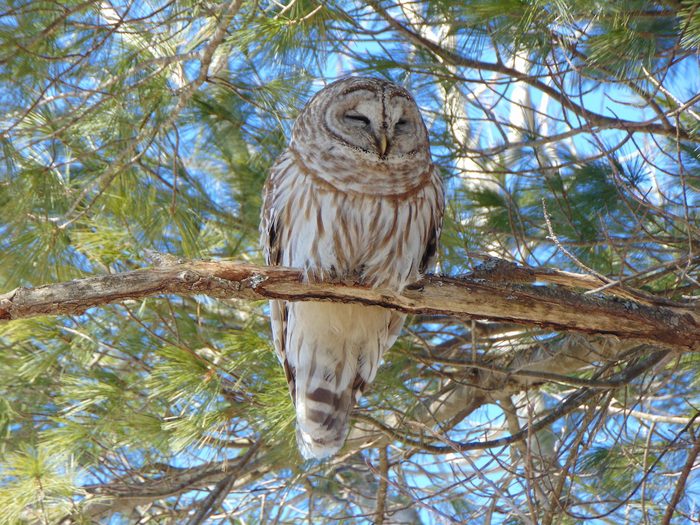
Owls and the U.S. Forest Service
Woodsy Owl, the U.S. Forest Service mascot, has encouraged children to protect the environment for almost four decades. One of the classic mottos is “Give a hoot, don’t pollute!”
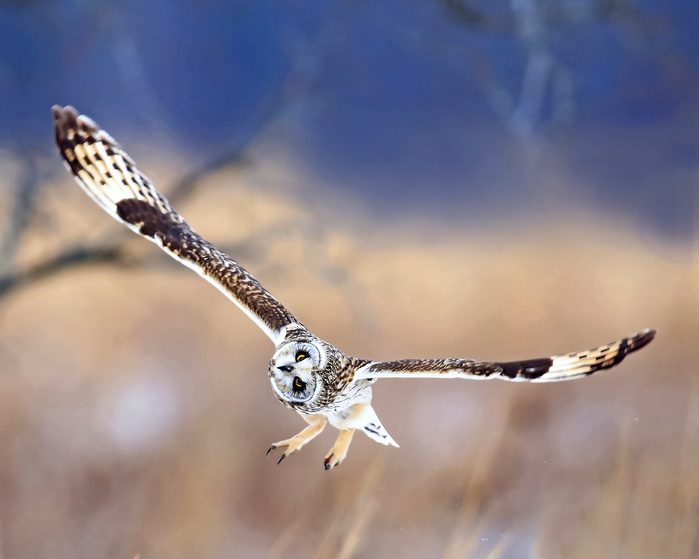
Winnie the Pooh and an Owl Friend
Besides Pooh himself, Owl and Rabbit are the only two characters from Winnie-the-Pooh based on real animals. The others were inspired by the author’s son’s stuffed animals.
Here’s another one of our favorite owl facts — the elf owl is the smallest owl in the world.
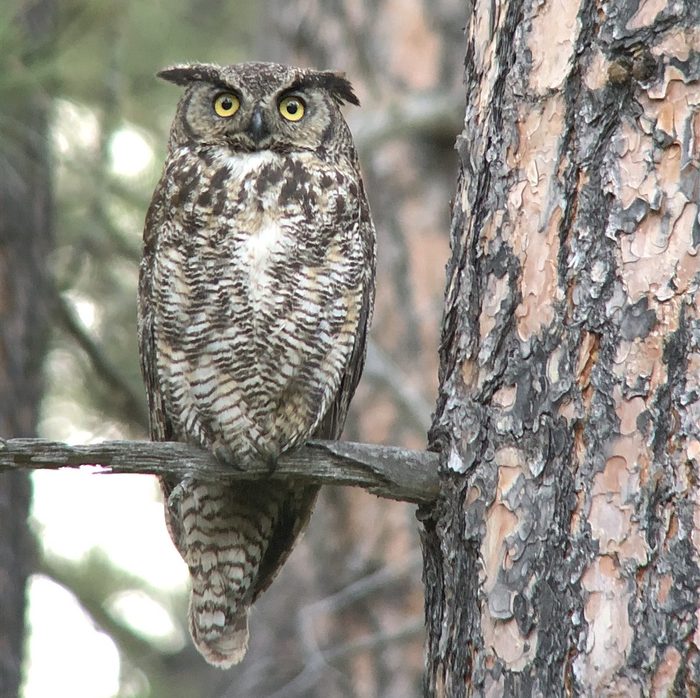
Owls on Television
X the blue-feathered owl appeared in the first episode of Mister Rogers’ Neighborhood in 1968. He’s known for his admiration of Benjamin Franklin, even going so far as to occasionally dress up as the Founding Father.
After you finish reading these owl facts, find out why crows chase hawks and owls.
